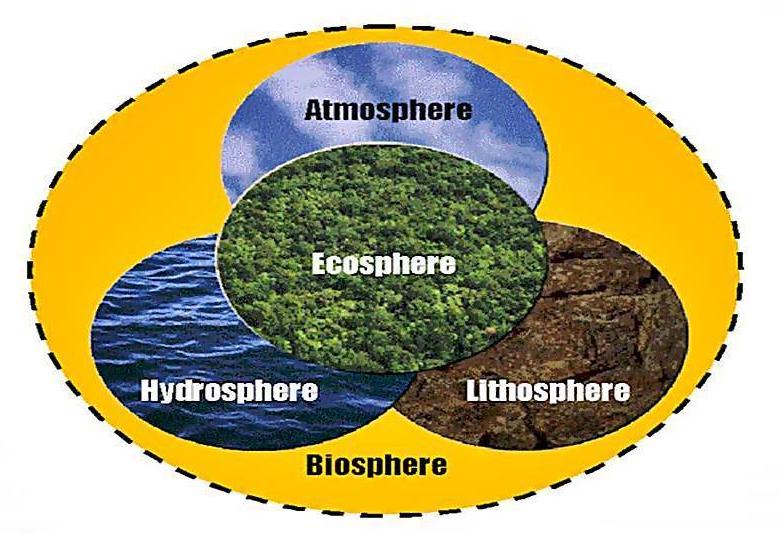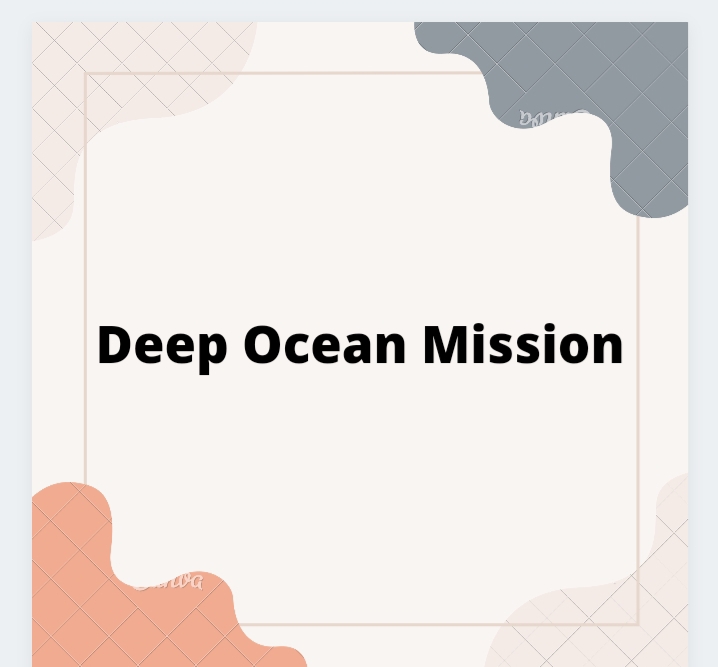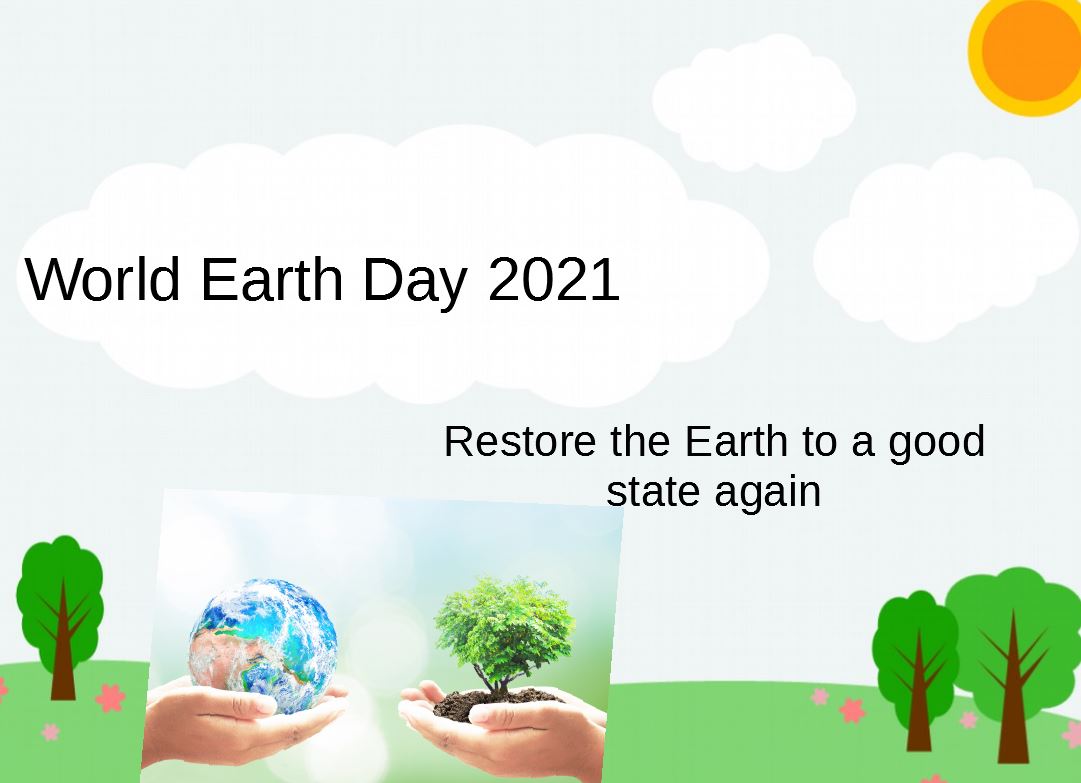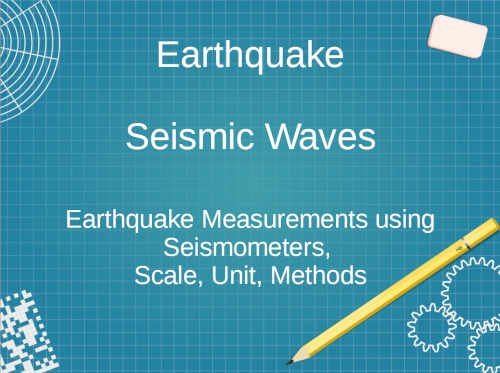Updated By: LatestGKGS Desk
Environment: parts, division, physical components of the earth

The Environment and major components of the earth
Our environment provides us with a variety of essential goods and services for everyday life. These natural resources include air, water, soil, minerals as well as climate and solar energy, which create inanimate or "abiotic" parts of nature. The 'biological' or living organisms of nature are made up of plants, animals, and microbes. With the view of physical geography, the earth is made up of four major components: the atmosphere, the biosphere, the lithosphere, and the hydrosphere.
Atmosphere: The atmosphere creates a protective armor on the earth. The lowest layer is the troposphere. The troposphere is the only necessary hot part for our survival, which is only 12 kilometers deep. The stratosphere is 50 kilometers deep and includes a layer of sulphate which is important for the rains. Includes ozone layer.
Smog (Smog): Combustion of fossil fuels also increases the number of particles left in the air.
Hydrosphere: The hydrosphere covers two-thirds of the Earth's surface. A major part of the hydrosphere is the ocean ecosystem of the ocean. Whereas only a small portion contains fresh water.
Lithosphere: The lithosphere formed about 4.6 billion years ago as a hot substance. About 3.2 billion years ago, the earth became very cold and wonderful phenomenon happened - that life started on our constellation. The Earth's crust is 6 or 7 kilometers thick or thick and is divided into continents.
Biosphere: It is a relatively thin layer on earth in which life can be present. It contains wind, water, rocks and soils which form structural and functional ecological units which can be known together as a huge global survival system and it is known as our Earth.


